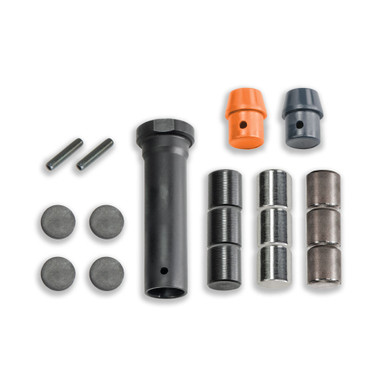I’m thinking of swapping to a low mass setup in my competition rifle. This is my run & gun setup so it needs to be reliable even if it gets wet/dirty and it needs to provide a notable difference in recoil mitigation for fast follow up shots.
2 questions for you guys who have experience in these:
1. Is it worth the cost? ($500ish)
2. Is there anything else you’d recommend?: JP Low Mass steel BCG, JP Silent Capture System, JP adjustable gas block.
2 questions for you guys who have experience in these:
1. Is it worth the cost? ($500ish)
2. Is there anything else you’d recommend?: JP Low Mass steel BCG, JP Silent Capture System, JP adjustable gas block.









